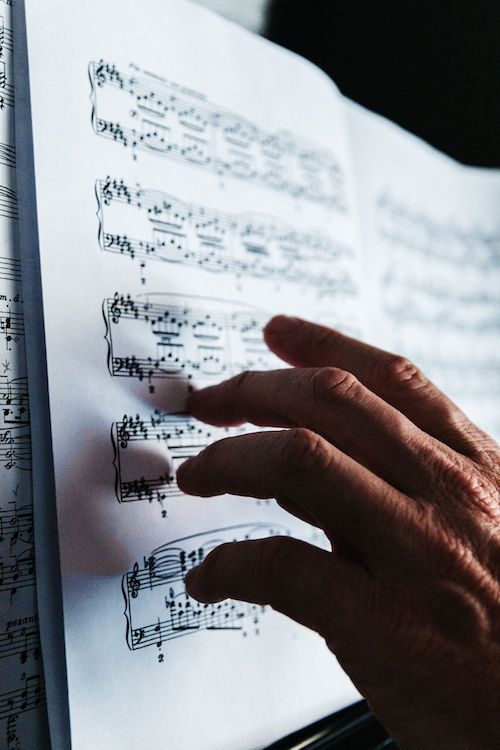Why Learn To Read Music?
In the West, reading musical notation is probably the most common method of learning and performing music. Nevertheless, some musicians are more practiced at playing without musical notation than with it, and many successful musicians from the worlds of jazz, pop, and folk do not read music. What incentive is there for students to spend the time and effort required to become literate with music notation? Formal musical knowledge may not be an essential part of musicianship, but it does enrich it. Everyone who can read a book has the intellectual capacity to become an effective music reader. Just like in reading, we graduate from learning to read to reading to learn. If you need motivation or are looking to motivate others to learn how to read music, consider the following.
- Most ensembles and choirs require communication with other musicians through notation. Even jazz ensembles, and particularly big bands, rely heavily on written notation.
- Notation is the basis of music theory, which provides a pathway to a depth of musical understanding not possible without it. Theory helps us understand the conceptual and talk declaratively about music. It can open a new world of musical understanding.
- The ability to read music enables exploration of libraries full of new music otherwise not available to us.
- Much music, particularly western art music, is too difficult to learn by ear. If we want to play the extraordinary but complex repertoires of the great composers, reading music is the only means.
- Learning from notation demands a precision and a series of checkpoints that will improve other aspects of musicianship.
MICHAEL GRIFFIN
M. Ed Studies, B.Ed.
A. Mus. A
Adelaide, South Australia
